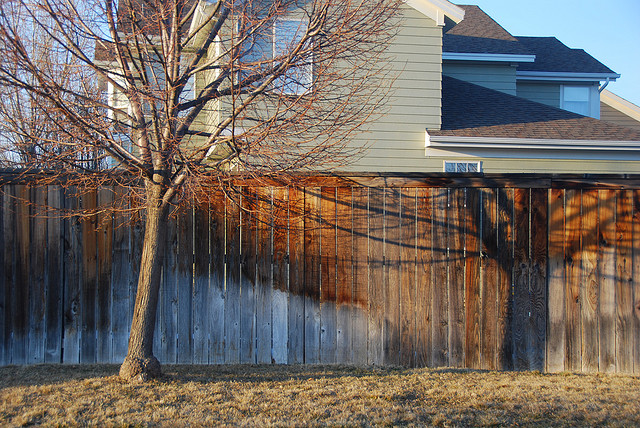Investors and all-cash home buyers accounted for about 19% and 30%, respectively, of all sales in March, according to the National Association of Realtors. That represents a significant share of the market, and some analysts are concerned that as home prices rise, investor and all-cash demand will start to shrink.

Image by LetIdeasComplete via flickr.com
Who will step up in their place?
Robert Dietz, an economist with the National Association of Home Builders, notes in a recent article for U.S. News & World Report that “missing households” in today’s market who have delayed home ownership will eventually play catch up.
Notably, recent college grads who delayed home ownership by moving in with their parents or renting are expected to increase their homebuying activity. Also, surveys show a growth in the number of Americans living together as roommates who are not relatives. Americans have doubled or even tripled up in rental residences to help cut costs. But as more people get married and start families and jobs stabilize, household formation will likely grow, Dietz notes.
The nation’s population has grown, but the number of independent households of renters and owners has not kept pace. The Census Bureau’s American Community Survey shows that the population from 2006 to 2011 grew by more than 4 percent, but there was only about a 3 percent growth in the number of households.
Dietz expects that homebuying demand will come strongly from rental households that were created over the last seven years. In that time, the number of rental households in single-family homes grew by 2.5 million, or 22 percent. Traditional renting households in multifamily units increased by nearly 7 percent, Dietz notes.
Dietz says the “real demand for housing is on the sidelines, particularly among younger Americans. ... For these younger prospective homebuyers, policy debates concerning the future of the housing finance system and home ownership programs like the mortgage interest deduction will have real impacts on their housing and wealth status in the years to come.”
Good article Mike. We shall see what happens in the next two years or so. I think this is an issue with a very complex set of answers that involve everything from the impact of abortion on the white population, to the influx of minority home buyers who culturally are used to sharing a home with multiple generations under the same roof. The real end-user demand is no longer the predictable factor that it used to be. Big investor money in single family housing is a new wildcard that remains to be tested. The ultimate outcome will not be pretty if the big time investment capital decides to cash out.